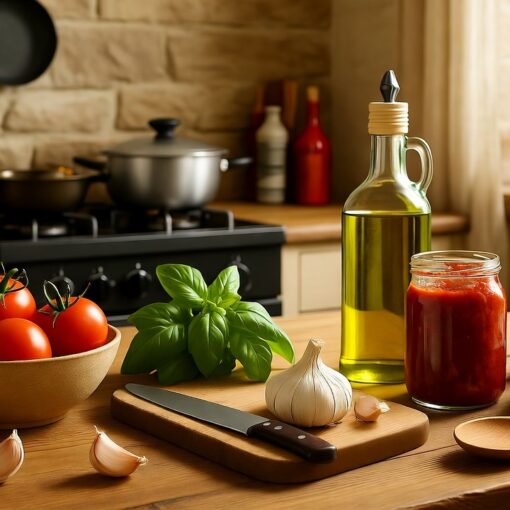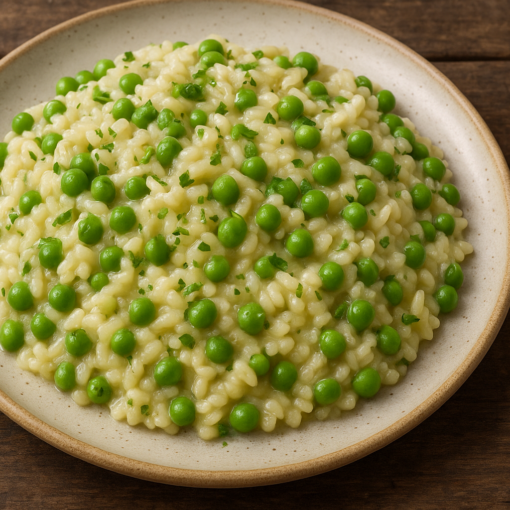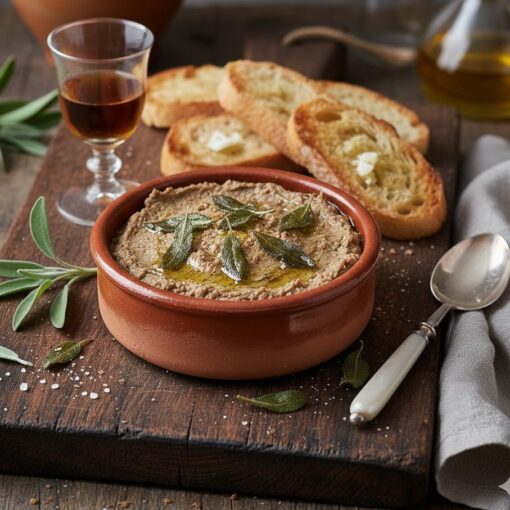A Collection of 5 Risotto Recipes
Creamy Italian rice dishes — each with history, flavor, and perfect pairings
Risotto originated in Northern Italy in the 16th century. These five iconic recipes showcase its creamy texture using Arborio rice, broth, and variations — from saffron-infused Milanese to seasonal Pumpkin. Each includes a short origin story, a fun fact, and serving suggestions.
Five creamy masterpieces — risotto for every season and taste.
Tips and Hints for Cooking the Perfect Risotto
- Use Arborio, Carnaroli, or Vialone Nano rice for the best creamy texture without becoming mushy.
- Keep the broth hot to ensure even cooking and prevent the rice from seizing up.
- Stir frequently but not constantly to release starches for creaminess, while allowing the rice to absorb broth properly.
- Add broth one ladle at a time, waiting until it’s mostly absorbed before adding more.
- Finish with butter and cheese off the heat for a glossy, mantecatura finish.
- Taste for doneness: Rice should be al dente, with a slight bite in the center.
- Avoid overcooking; risotto continues to firm up as it rests.
Risotto alla Milanese
Origin: Milan, 1574. Legend says a stained-glass artist’s apprentice added saffron to risotto as a joke, creating this golden dish.
Fun Fact: Traditionally paired with osso buco — the saffron mimics the gold threads in Milan’s cathedral windows!
Ingredients
- 300 g Arborio rice
- 1 liter beef or vegetable broth
- 1 onion, finely chopped
- 100 ml white wine
- 0.5 g saffron threads
- 50 g butter
- 50 g Parmigiano-Reggiano, grated
- Salt & pepper
Method
Serving Suggestion: Pair with Osso Buco or a simple green salad.
Pro Tip: Use hot broth for even cooking. Stir constantly for creaminess.
Photo credit: Milanese tradition
Risotto ai Funghi
Origin: Northern Italy, using wild mushrooms from the forests. Popularized in the 19th century.
Fun Fact: Porcini mushrooms are prized — they’re called “piglets” in Italian for their plump shape!
Ingredients
- 300 g Arborio rice
- 1 liter mushroom or vegetable broth
- 400 g mixed mushrooms (porcini, cremini)
- 1 onion, finely chopped
- 100 ml white wine
- 50 g butter
- 50 g Parmigiano-Reggiano, grated
- Handful fresh parsley
- Salt & pepper
Method
Serving Suggestion: Top with shaved truffles or serve with grilled meats.
Pro Tip: Use dried porcini for intense flavor if fresh aren’t available.
Photo credit: Forest foraging
Risotto ai Frutti di Mare
Origin: Coastal Italy, Venice region. Fishermen’s dish using fresh catch from the Adriatic Sea.
Fun Fact: In Venice, it’s often made with cuttlefish ink for a black version — dramatic and delicious!
Ingredients
- 300 g Arborio rice
- 1 liter fish broth
- 500 g mixed seafood (shrimp, mussels, squid)
- 1 onion, finely chopped
- 100 ml white wine
- 50 g butter
- 50 g Parmigiano-Reggiano, grated
- Handful fresh parsley
- Salt & pepper
Method
Serving Suggestion: With crusty bread and a crisp white wine like Soave.
Pro Tip: Don’t overcook seafood — add at the end for tenderness.
Photo credit: Venetian lagoon
Risotto con Asparagi
Origin: Veneto, Italy. Seasonal spring dish celebrating fresh asparagus harvests.
Fun Fact: White asparagus is preferred in Italy — grown underground to stay pale and tender!
Ingredients
- 300 g Arborio rice
- 1 liter vegetable broth
- 500 g asparagus, chopped
- 1 onion, finely chopped
- 100 ml white wine
- 50 g butter
- 50 g Parmigiano-Reggiano, grated
- Salt & pepper
Method
Serving Suggestion: As a primo piatto with prosciutto or poached eggs.
Pro Tip: Use green asparagus for color; white for subtlety.
Photo credit: Venetian spring
Risotto alla Zucca
Origin: Lombardy, Italy. Autumn dish using squash from local farms.
Fun Fact: Mantua’s version is protected — using violina squash for its violin shape!
Ingredients
- 300 g Arborio rice
- 1 liter vegetable broth
- 400 g pumpkin, cubed
- 1 onion, finely chopped
- 100 ml white wine
- 50 g butter
- 50 g Parmigiano-Reggiano, grated
- Salt & pepper
Method
Serving Suggestion: With sage butter or alongside roasted meats.
Pro Tip: Add nutmeg for warmth; use butternut squash as substitute.
Photo credit: Lombardian harvest




